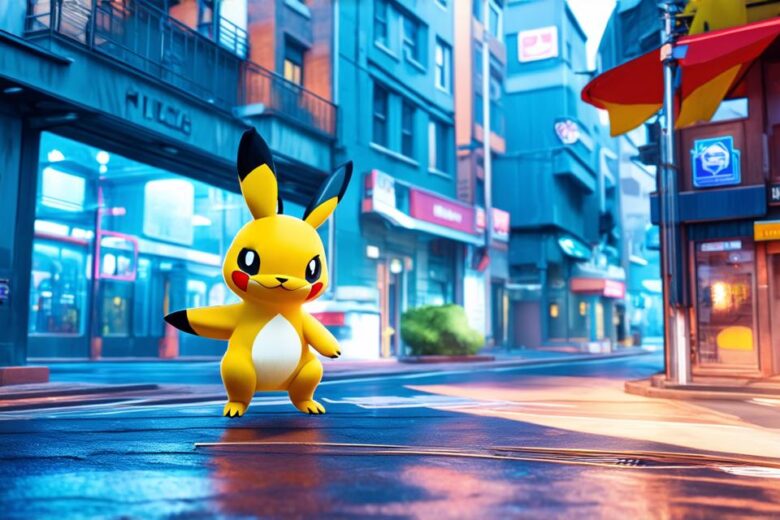Augmented Reality Illustrated by Pokémon Go
Augmented reality (AR) is a technology that overlays digital information onto the real world. One of the most well-known examples of AR is Pokémon Go, the popular mobile game that has captivated millions of players around the world since its launch in 2016.
What is Augmented Reality?
AR is a technology that allows digital objects to be superimposed onto the real world in real-time. This can create a wide range of applications, from gaming and entertainment to education and training. AR is different from virtual reality (VR), which creates a fully immersive digital environment for users to interact with.
Pokémon Go: An Augmented Reality Game
Pokémon Go is a mobile game that uses GPS technology to allow players to capture and battle virtual creatures called Pokémon in real-world environments. The game has become a global phenomenon, with millions of players downloading the app and spending countless hours exploring their local neighborhoods in search of new Pokémon.

How Pokémon Go Illustrates Augmented Reality
1. Real-time Overlay
One of the key principles of augmented reality is the ability to overlay digital objects onto the real world in real-time. Pokémon Go does this by using GPS technology to track the player’s location and then superimposing virtual creatures onto their environment. For example, if a player is standing outside a restaurant, they may see a virtual Pikachu hiding under a nearby bench.
2. Interactivity
Another key principle of augmented reality is interactivity. Pokémon Go allows players to interact with the virtual creatures in their environment by capturing them and battling them. This creates a sense of immersion and engagement that is difficult to achieve in traditional media or games.
3. Social Sharing
Augmented reality also has the potential for social sharing, which can help to create a sense of community among users. Pokémon Go encourages players to share their experiences with others by allowing them to visit each other’s locations and battle their virtual creatures together. This creates a sense of friendly competition and fosters a sense of community among players.
4. Geolocation
Geolocation is another key principle of augmented reality, which allows digital objects to be anchored to specific locations in the real world. Pokémon Go uses geolocation to create virtual creatures that are tied to specific locations around the world. For example, players may encounter a rare and powerful creature hiding in a remote location that requires them to travel far from home to find it.
5. Gamification
Finally, augmented reality can be used to gamify real-world experiences. Pokémon Go does this by turning the real world into a virtual game environment that encourages players to explore and interact with their surroundings in new and exciting ways. This can create a sense of adventure and exploration that is difficult to achieve in traditional media or games.
Case Studies and Personal Experiences
1. IKEA’s AR Experience
IKEA has created an augmented reality experience called “AR Kitchen” that allows users to visualize how furniture would look in their home before making a purchase. By using AR technology, users can see how the furniture would fit into their existing space and make more informed purchasing decisions.
2. The North Face’s AR Experience
The North Face has created an augmented reality experience called “Virtual Try-On” that allows users to try on clothes virtually using their mobile devices. By using AR technology, users can see how the clothes would look on them in real-time without having to physically try them on.
Conclusion
Pokémon Go is an excellent example of how augmented reality can be used to create immersive and engaging experiences for users. The game illustrates the key principles of AR, including real-time overlay, interactivity, social sharing, geolocation, and gamification. As AR technology continues to evolve, we can expect to see even more innovative uses of AR in the future.
FAQs
1. What is the difference between augmented reality and virtual reality?
Augmented reality overlays digital objects onto the real world, while virtual reality creates a fully immersive digital environment for users.
2. How does geolocation work in augmented reality?
Geolocation allows digital objects to be anchored to specific locations in the real world, creating a sense of place and context for the user.
3. Can augmented reality be used for education or training purposes?
Yes, augmented reality can be used to create immersive educational experiences that allow users to interact with virtual objects in real-time, making learning more engaging and effective.
